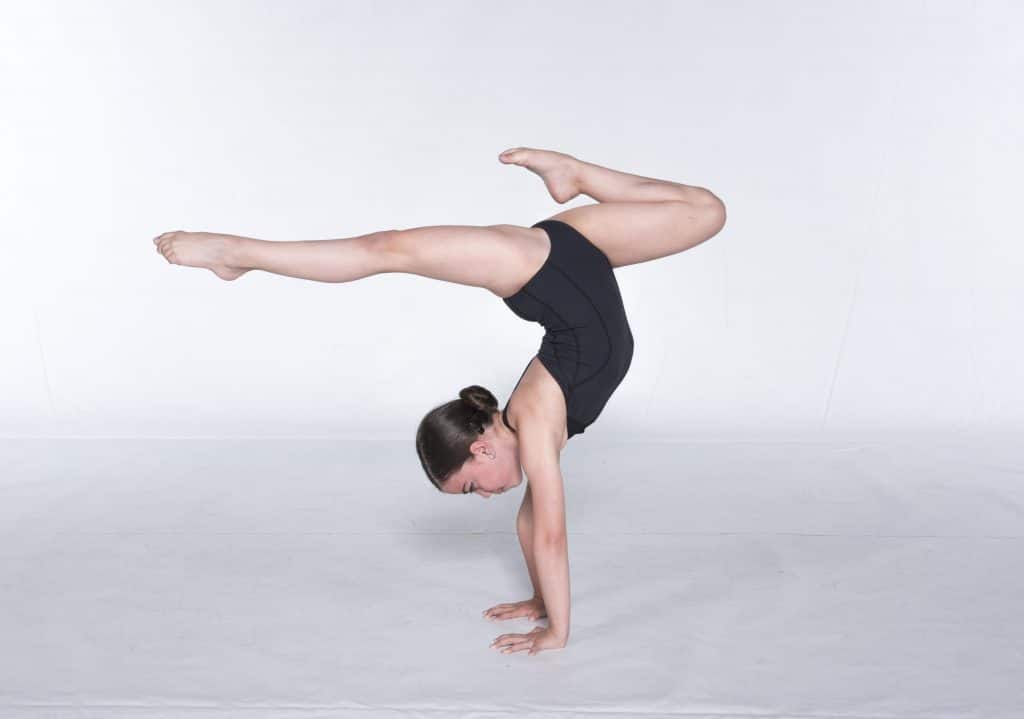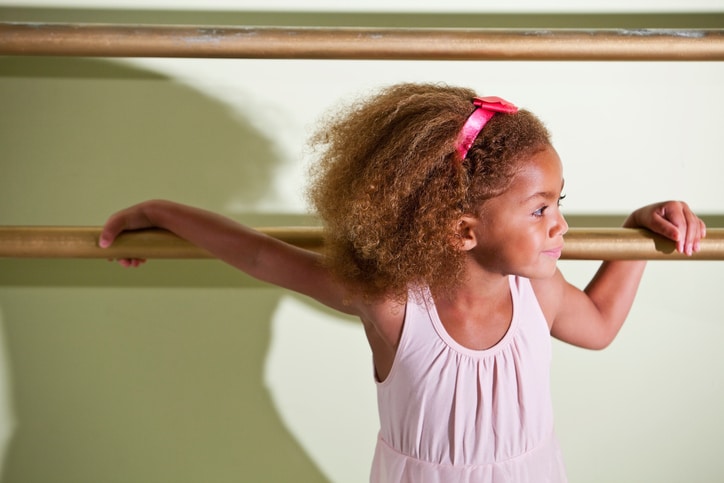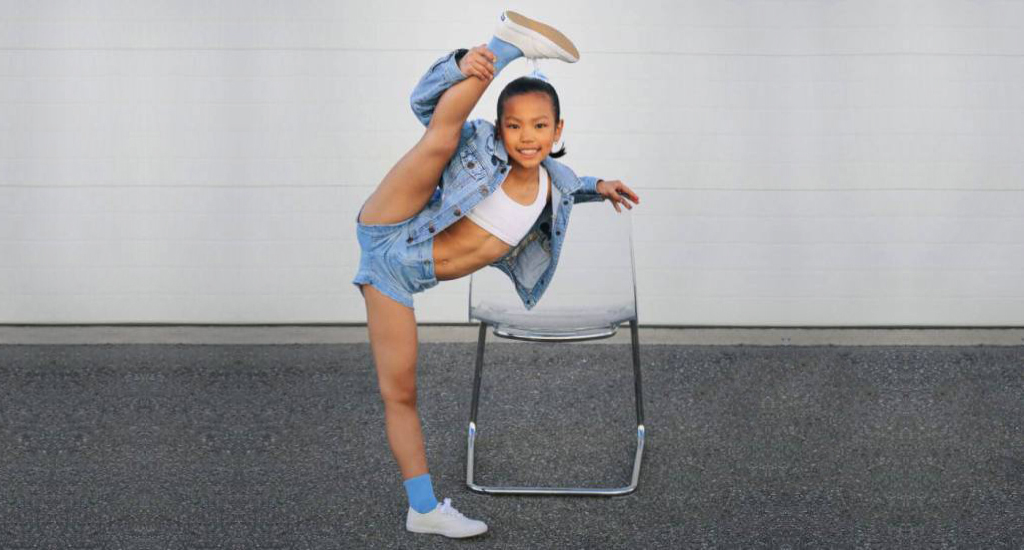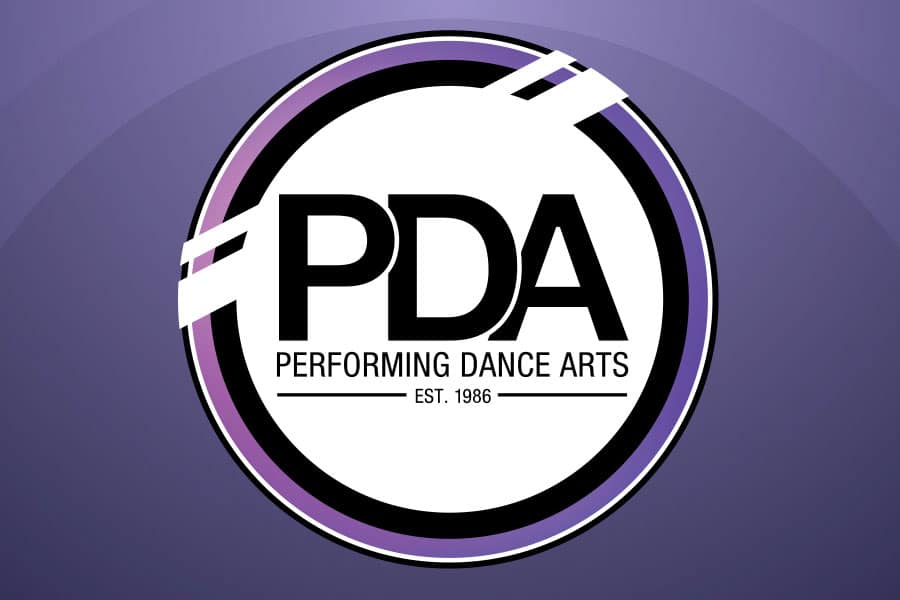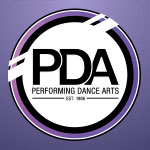Acro dance classes are great for kids because it helps them develop strength, flexibility, coordination, and much more. The classroom setting allows kids to work in teams and helps them develop and build their self-confidence. There are many reasons why you should enroll your child in acro dance lessons, but before you make the decision, here are some important things you should know about the acro dance style.
The History of Acro Dance
Acro dance is a style that combines the techniques of classical dance with acrobatic movements. This form of dance is very athletic and has unique choreography to incorporate gymnastic-like elements into dance. But where did this style of dance begin?
Acro dance, or “acrobatic dance,” which is the full name, first emerged in North America in the early 1900s. It was one of the many types of acts performed in vaudeville. Although similar dance styles existed decades before, it did not become as popular and widespread until the 1900s. Sherman Coates is one of the pioneers of the dance, and he performed between 1900 to 1912 with the Watermelon Trust until he died. Another iconic dancer from the era was Tommy Woods, whose popularity is attributed to this slow-motion dance in Shuffle Along. Other popular dancers of the early acro dance age were Lulu Coates from the Crackerjacks, and the Gains Brothers.
Although the vaudeville era declined, acro dance continued to evolve until it became what it is today.
What to Expect
During acro dance classes your child will be taught and trained in skills such as flexibility, strength, and control to perform tricks, balances, and tumbling. Each class will begin with a warmup to target the different muscles and ligaments in the body that will be used during the dance. Stretches and fluid movements may be used to help students gain a sense of their capabilities, and through each class they will learn to push their limits to develop into more advanced dancers. Acro dance classes focus on long-term injury prevention of dancers, and because of the flexibility and strength it requires, your child’s growth and development will be even better.
Kid-Friendly Acro Dance Techniques and Acrobatic Movements
At acro dance classes your child will gradually develop their techniques and skills until they can perform the following dance moves:
- Back layout: This flip is performed by fully extending the body with the legs together, unbent hips and knees, and arms against the sides. There is high angular momentum and greater height above the floor when this flip is performed to allow complete rotation before landing.
- Back tuck: For this move, the legs must be together and knees full bent, drawn to the chest and hands holding the knees close to the body. As the flip is performed, this “cannonball” tucking position must be maintained to help the body achieve maximum angular velocity during the revolution.
- Back walkover: In a back walkover, the dancer will transition from a standing position into a back bridge, and then use a controlled flip of their legs over their head to resume the standing position.
- Cartwheel: A cartwheel involves the sideways rotation of the body in the form of a flip. The hands are brought to the floor one at a time, and the body inverts sideways while the legs turn over.
- Chest stand: A pose in which the dancer’s chest rests on the floor for support as the body bends backwards.
- Elbow stand: An inverted pose of various forms where the dancer uses only their forearms to support their body weight.
- Front tuck: The same movement as the back tuck, except the dancer performs the flip in a frontward motion.
- Handspring: This acrobatic movement involves a complete revolution of the body through a headfirst lunge from an upright position into a handstand that quickly pushes off into a vertical standing position with the feet on the floor.
- Handstand: A handstand is the act of balancing the entire body weight on the hands alone. The body stands straight with arms and legs fully extended, upside down.
- Nip-up: This movement is a spring upward from lying horizontally and facing upward. The dancer propels their body off the floor, so they are momentarily airborne before they end up in a squatting position.
- Roundoff: A common move in cheerleading, a roundoff is like the cartwheel but involves the dancer to place their two feet together on the ground after the flip, instead of one at a time.
- Side aerial: Also known as an aerial cartwheel, the side aerial is a cartwheel that does not involve the planting of the hands on the floor. Instead, the dancer propels their legs off the floor into a cartwheel flip and uses their momentum to carry out the move without touching the floor with their hands.
Our Acro Dance Classes in Toronto and Vaughan
If you are looking for the right school to teach your child acro dance, Performing Dance Arts can help you. At our outstanding facilities, we provide your child with extraordinary instructors that are certified and trained to teach the sometimes-complex techniques that can turn your child into an expert dancer. Our studio inspires creativity and will motivate your child to dance with passion and excitement. Something that is unique about us is that you can watch your little one practice by observing the TVs in our lounge until the end of their class.
Ready to enroll your child in our acro classes? Let them experience the benefits of acro dance by contacting us today. We will provide you with all the information you need about our programs, and what your child will need to bring to their first class. Or, you can visit our Toronto dance studios to see our facility for yourself!
